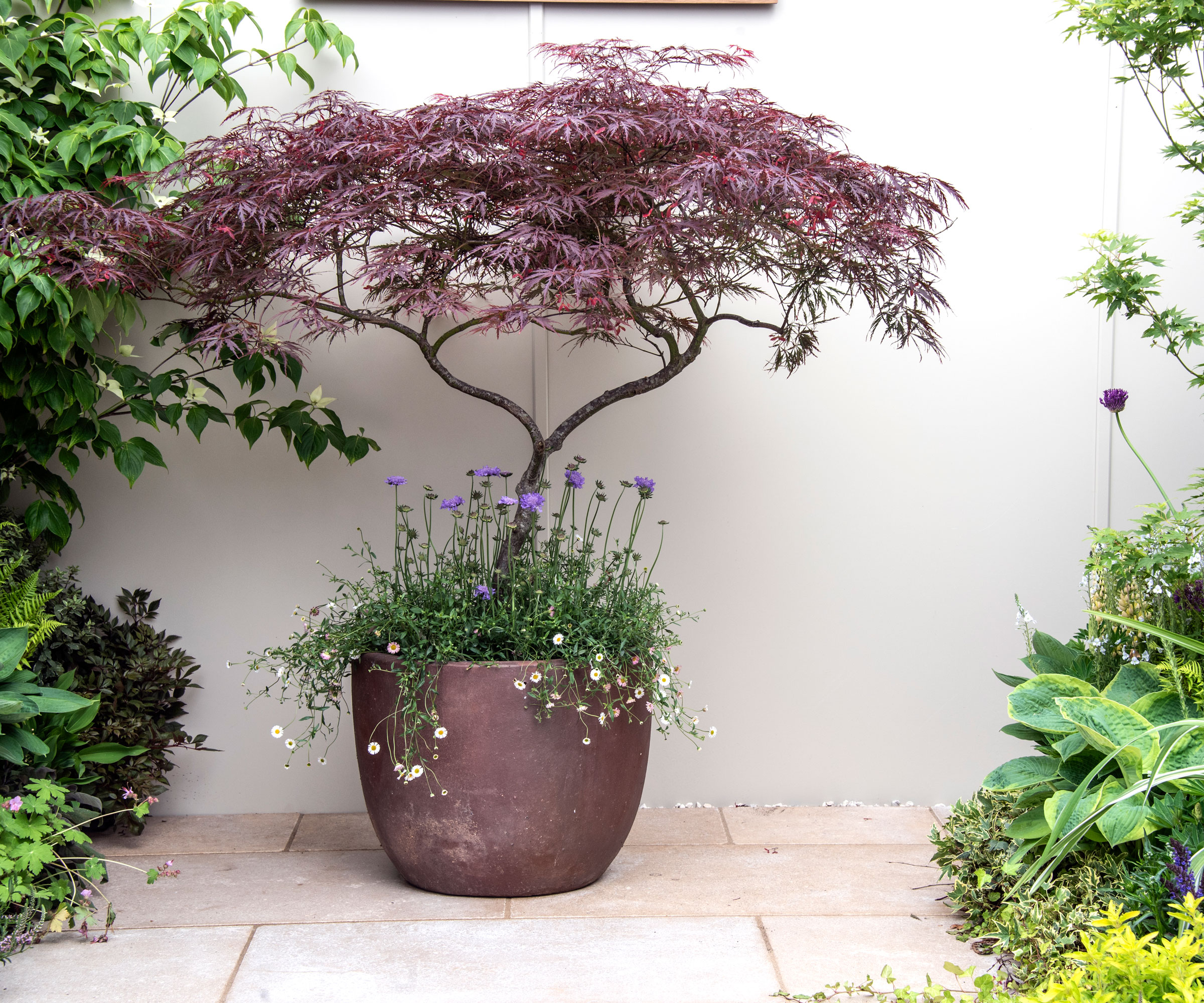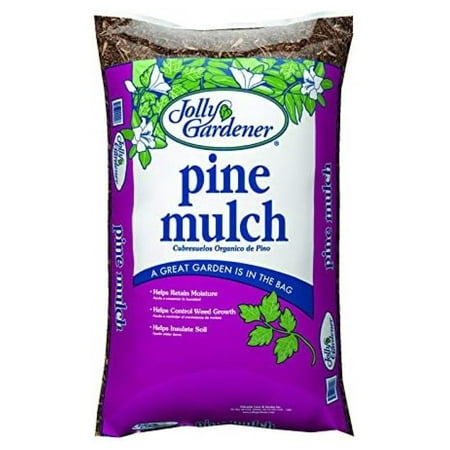I'm a professional gardener, and this 1 natural ingredient is essential to help Japanese maples thrive in summer – and will give you vibrant fall color, too
Mulching Japanese maples in summer might seem like a small deal, but it will make a big difference to plant health


Japanese maples are, to me, some of the finest (and easiest) trees to grow in backyards. But while they are low-maintenance, during long, hot summers, they can struggle. For this reason, mulching Japanese maples is a quick but crucial task to complete before the mercury begins to spike.
I’ve nurtured Japanese maples in many gardens where I have worked as a professional gardener, and whether grown in pots or sprawling borders, mulching during late spring and early summer can pay dividends. Believe me, a chunky, two-to-four-inch layer applied in June can really make the difference between lush, green leaves or a brown, crispy canopy.
So, if you want your Japanese maple trees to look their best this year, even when the searing sun is at its most cruel in July and August, mulching is essential. Here, I share everything I know after a decade working in public and private gardens.

Caring for Japanese maple trees in summer
Let's face it, as a season, summer can be hard work for plants. Reports of scorching heat and extended drought are not what we gardeners like to see when we check the weather.
Woodland plants in particular, including all varieties of Japanese maples, can struggle during June, July, August and September, the months when shade is a luxury and moisture hard to come by.
For this reason, I highly recommend a small spot of mulching, which can really help these statement shrubs and trees to survive challenging seasonal shifts in every US hardiness zone.
Mulching Japanese maples

Mulching Japanese maples need not be complicated, but, in my experience, adding this simple task to your summer gardening checklist will really help your plants make it through tricky summer weather.
Design expertise in your inbox – from inspiring decorating ideas and beautiful celebrity homes to practical gardening advice and shopping round-ups.
To get started, take some time to do a spot of weeding. This applies whether you are growing Japanese maples in pots or borders.
There is no need to poke or hack at the root ball... just a quick speed-weed will do, gently teasing any dandelions or clover clumps that might be growing around the base.
Then, deep watering will go a long way to ensuring success. Use a hose on a slow setting for larger trees, or a full watering can or two for pot-grown specimens.
Watering at this stage is important, and ensuring the ground is moist before you mulch will help to seal moisture in the soil once your thick layer is applied.
Following this, you can get mulching. There are not really any rules to follow here, really, just shovel your mulch from the wheelbarrow, rake it out evenly to form a two-to-four-inch layer, and keep a small gap from the base of the trunk.
In terms of what to use, there are many different types of mulch to choose from, and any leaf mold or homemade compost will get the job done.
If you are in the market to buy mulch, I would also suggest something like this organic wood mulch from Back to the Roots, sold via Amazon.
Once you have finished mulching, it is a good idea to fertilize Japanese maples, too.
Use something like this organic tree feed from Espoma, available at Amazon, but be sure to follow the instructions on the packaging, and stop feeding before the end of summer.
Shop mulching essentials

Thomas is a Content Editor within the Gardens Team at Homes and Gardens. He has worked as a professional gardener for both public spaces and private estates, specializing in productive gardening, growing food and flowers. Trained in Horticulture at the Garden Museum, he has written on gardening and garden history for various publications, including The English Garden, Gardens Illustrated, Hortus, The London Gardener and Bloom. He has co-authored a Lonely Planet travel book, The Tree Atlas, due out in 2024.
You must confirm your public display name before commenting
Please logout and then login again, you will then be prompted to enter your display name.


